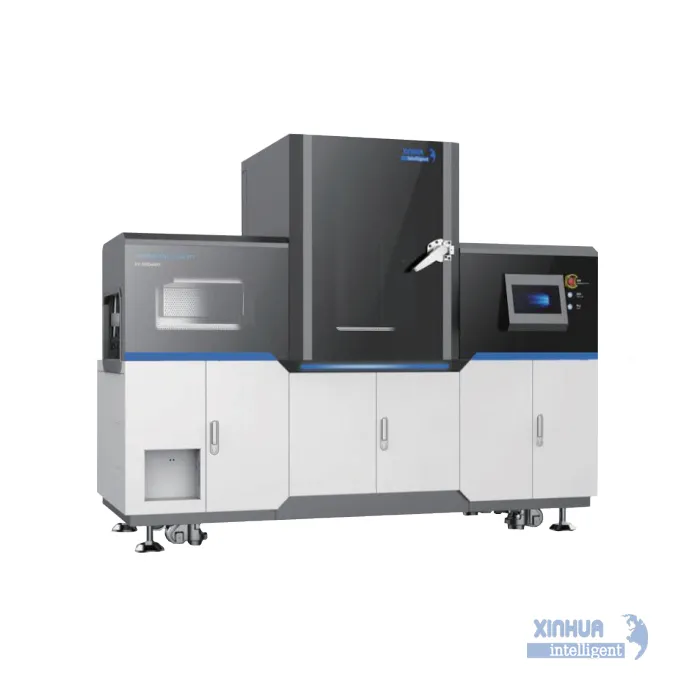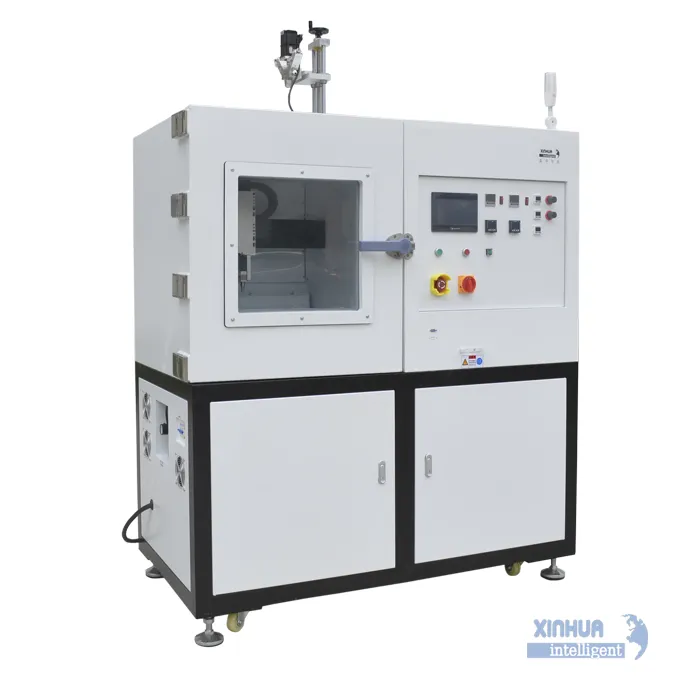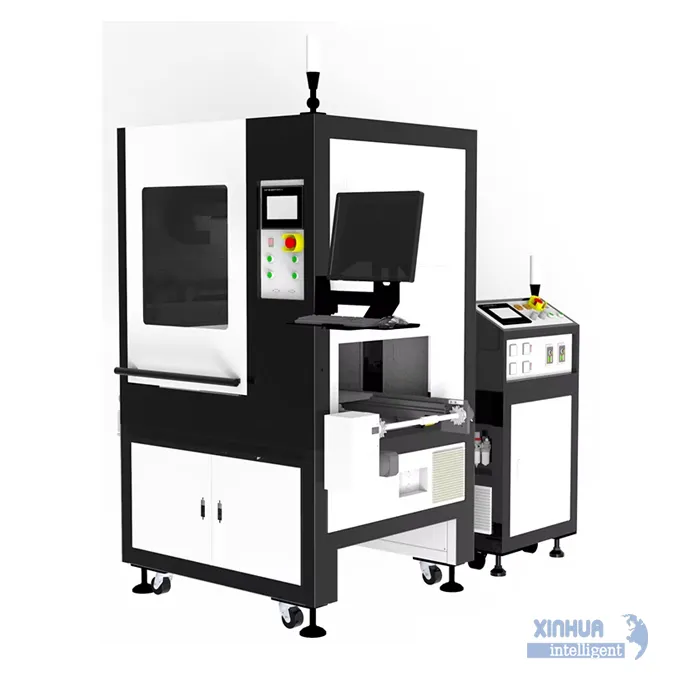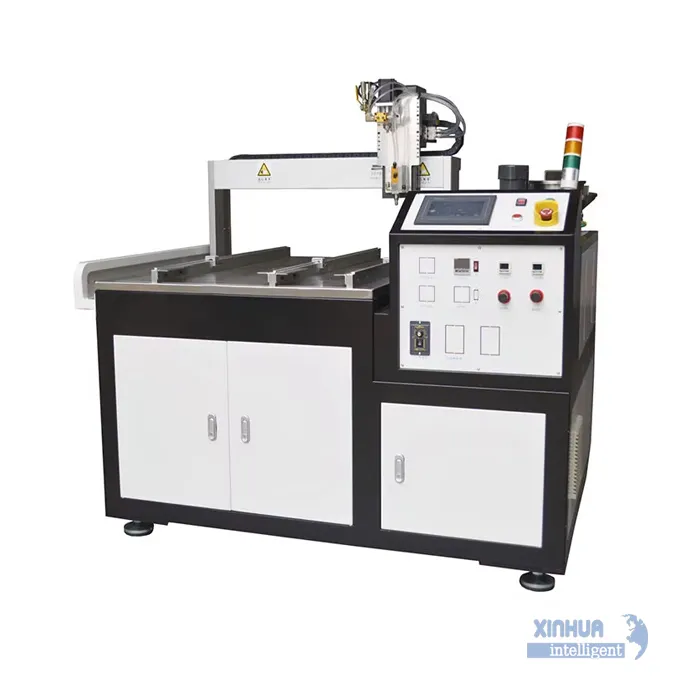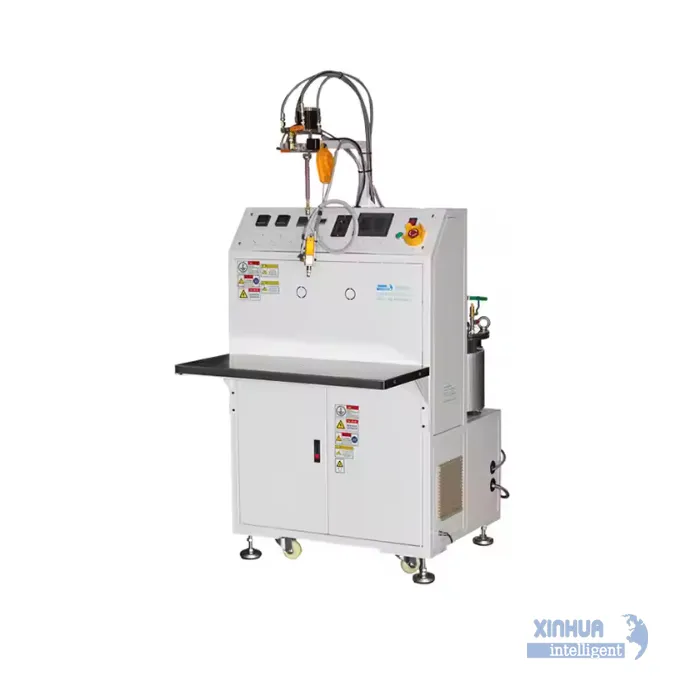A PCB potting machine is specialized equipment designed to dispense and cure potting materials (such as epoxy, polyurethane, or silicone) onto or around printed circuit boards (PCBs) to protect them from moisture, dust, vibration, chemicals, and thermal shock.
1. What It Does
- Dispenses potting material precisely onto PCBs.
- Encapsulates components fully or partially, depending on protection needs.
- Automates mixing (if using 2-part resins like epoxy or PU) and degassing to avoid air bubbles.
- Controls dispensing volume to ensure consistent coverage without overfilling.
2. Key Components
- Metering & mixing system – For accurate ratio control of multi-component potting materials.
- Dispensing nozzle(s) – Applies material to targeted PCB areas.
- XYZ motion platform – Moves the nozzle over the PCB for even coverage.
- Heating or curing system – Accelerates material curing if needed.
- Vacuum chamber (optional) – Removes air before or after dispensing to avoid voids.
3. Potting Materials Used
- Epoxy – Strong, rigid, high chemical resistance.
- Polyurethane (PU) – Flexible, good for vibration dampening.
- Silicone – Excellent thermal stability, flexible over temperature changes.
4. Machine Types
-
Manual Potting Machine
- Operator manually pours or dispenses material.
- Low cost, but inconsistent results.
- Suitable for small-scale or prototype production.
-
Semi-Automatic Potting Machine
- Automated dispensing with manual PCB positioning.
- Metering and mixing controlled by machine, reducing operator error.
- Suitable for medium-scale production.
-
Fully Automatic Potting Machine
- Complete automation of mixing, dispensing, curing, and sometimes PCB loading/unloading.
- Often includes vision positioning systems and vacuum degassing.
- Best for high-volume production with strict quality consistency.
-
- Potting performed inside a vacuum chamber.
- Eliminates air bubbles for critical electronics used in harsh environments.
- Common in aerospace, automotive, and medical electronics.
5. Applications
- Automotive electronics (ECUs, sensors)
- LED driver boards
- Power supplies
- Industrial controllers
- Outdoor/harsh environment electronics
6. Advantages
- Improved PCB durability in extreme conditions.
- Automated consistency vs. manual pouring.
- Reduced labor costs.
- Scalability for mass production.

